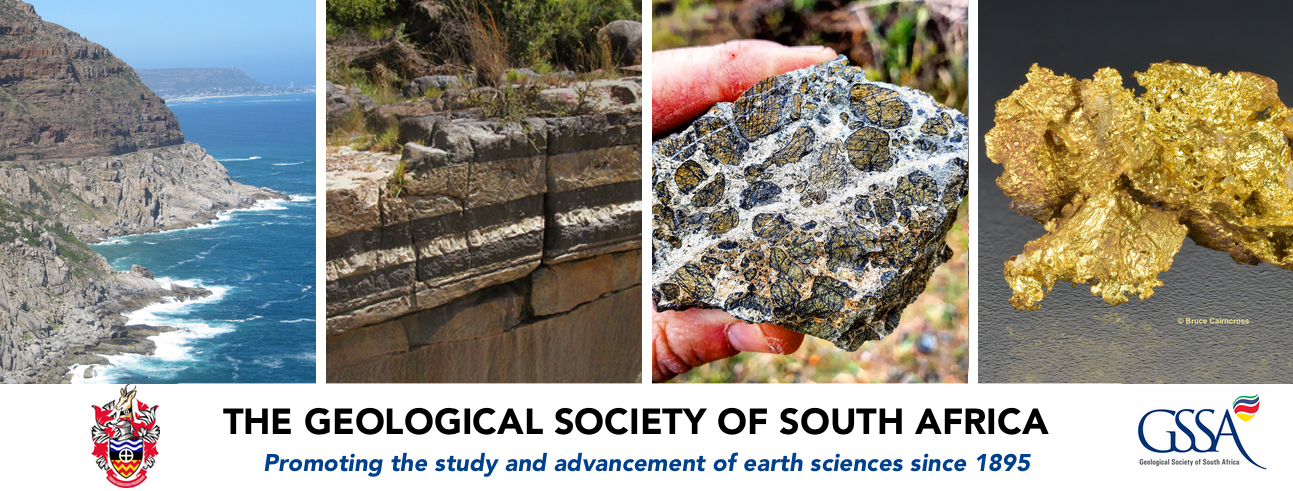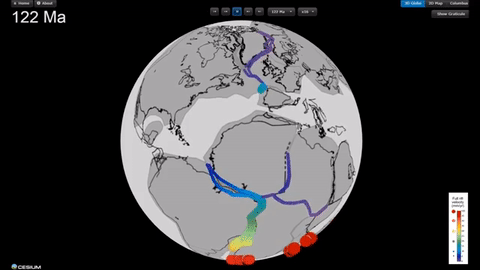Animation of Pangea break-up
The journal Popular Sciencereports thatUniversity of Sydney researchers studying seismic data from hundreds of millions of years ago found that tectonic plates experience fast and slow periods of motion. The crust, which is up to 20 miles thick in places, would slowly stretch and then suddenly move at 20 times its previous rate. “It’s the equivalent of moving rmacy online around as a pedestrian to moving around in a very fast BMW,” Dietmar Muller, an author of the study, told the New York Times. When the connections between continents became too weak to resist forces tearing them apart, the crust moved at 20 millimeters per year. That’s nearly the speed at which fingernails grow.
The study resulted in a publicly available computer simulation of Pangea’s movements, available here.


